Former law student becomes master of Yunjin brocade
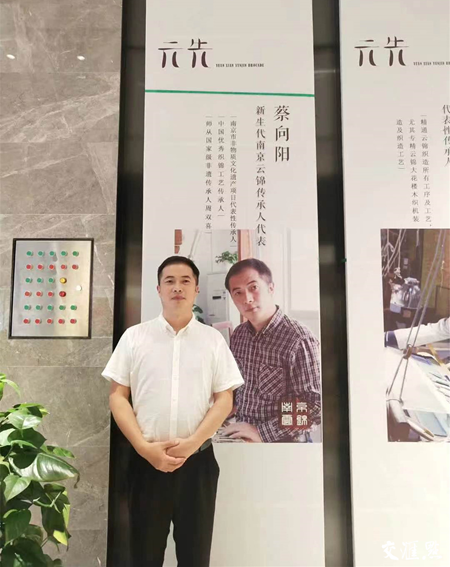
Cai Xiangyang majored in law for his bachelor’s degree at Nanjing University of Aeronautics and Astronautics (NUAA), but he has successfully changed his career path after years of efforts and now turns into a master of Nanjing Yunjin brocade, an intangible cultural heritage recognized by the UNESCO.
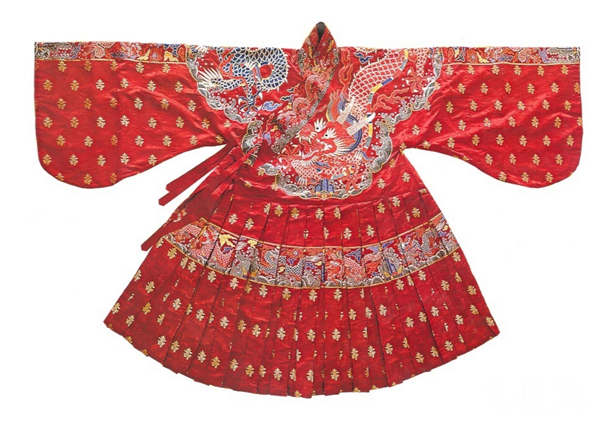

Cai, born in 1981, came to know the craftsmanship in 2003 when he as a student visited the China Brocade Craft Exhibition Hall (now the Nanjing Yunjin Brocade Museum). In weaving the fabrics, named for the cloud-like splendor, two craftspeople operate the upper and lower parts of a loom to produce textiles incorporating fine materials. He was deeply impressed by the production technique, which can only make fabrics of 3-5 centimeters long a day.

Later, Cai contacted the Nanjing Yunjin Brocade Research Institute and expressed his interest of learning the craftsmanship. The institute’s former president Wang Baolin reminded him that weaving the fabrics needs lots of patience and hard efforts. Despite the challenge ahead and objection of his family, the young man applied to join the institute soon after graduation from the NUAA.
Living in the east of the city, Cai usually got up at 5:00 and cycled all the way to the institute in the city’s western part. But Wang was unsure of Cai’s passion at that time, so he tested Cai to take theoretical studies for three months first and then continued another basic job for a long time.

Cai has remained his commitment to mastering the complicated procedure of weaving the fabrics, both in practices and theory. In 2009, he began the graduate study at Nanjing University. He also became an apprentice of Zhou Shuangxi, a well-known master of Yunjin brocade, and joined important projects to create replica of relics for the Palace Museum and the Ming Tombs Museum, such as the dragon robe of the Emperor Wanli in the Ming Dynasty (1368-1644).
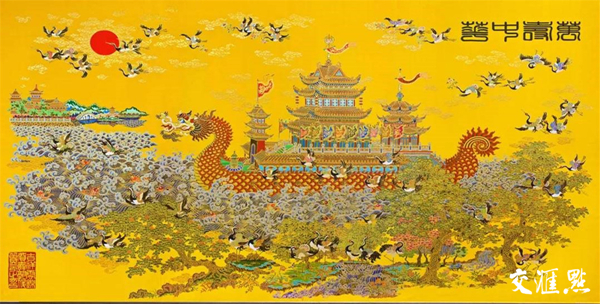
Cai has actively contributed to the development of the traditional craftsmanship. In 2009, he joined others to make a creation at 3 meters long and 1.5 meters wide. He said the fabric made using about 100 types of fine materials represents breakthroughs in the size and weaving techniques.
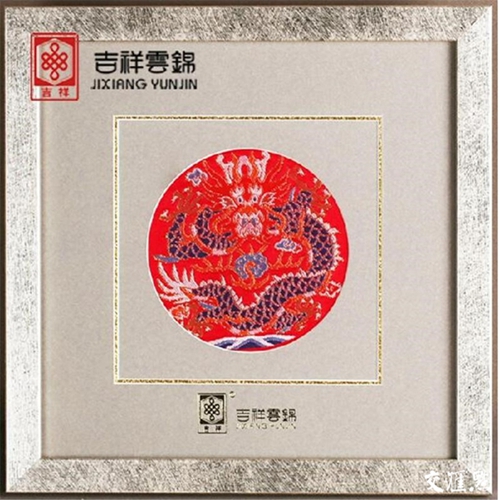
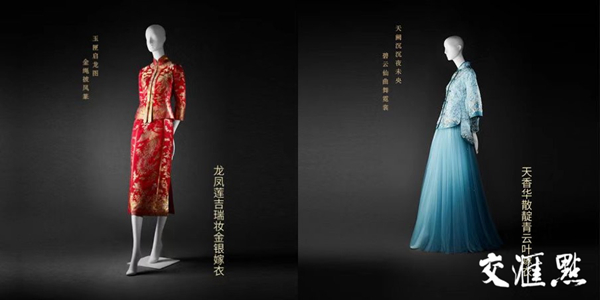
At Nanjing’s Institute for Intangible Cultural Heritage, Cai also has a job to give lectures on weaving to the young people once a week. He hopes more people can become interested in traditional culture and help promote and safeguard the cultural heritage.